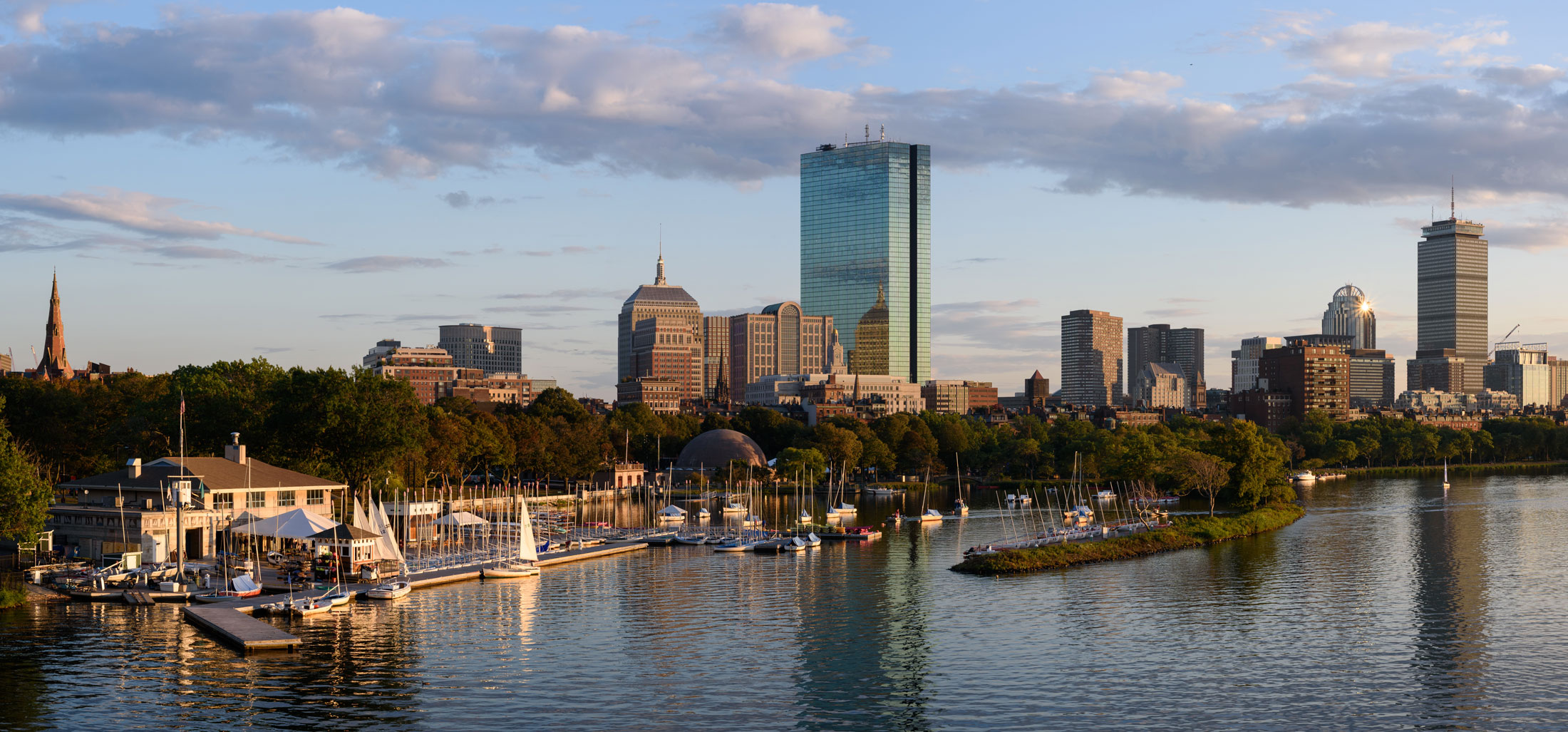
The Power of Cities
In an opinion published in The Boston Globe, CEO and Founding Principal David Manfredi shares his thoughts on how the coronavirus provides an opportunity to revitalize cities to be more relevant, more vibrant, and more healthful.
Among the many compelling lessons of the coronavirus pandemic is a deeper understanding of what Americans love about cities. Not merely because they are places convenient to live and work, but also because they provide places to gather; fortify our lives with music, theater, dining, and sports; and foster the exchange of ideas that contributes to our well-being and happiness.
Such is the power of cities. Cities evolve. People rebound. The renaissance of American cities may be momentarily threatened by the pandemic, but it will endure.
Eventually, there will be a vaccination to protect us from COVID-19. Before that happens, we have an opportunity to consider how to revitalize our cities from today’s incarnation into more relevant, more vibrant, and even more healthful havens that reflect our lives today and our children’s needs tomorrow.
This challenging moment we are experiencing can change the course of history in a positive way. The crisis has opened up human reserves of purpose, which inspire us. With that purpose in mind, we can shape the future of cities. Author Rebecca Solnit argues that in disaster there is a fundamental reorganization and reprioritization. These moments bring forward altruism, solidarity, innovation, and the sense of purpose that pulls society forward.
How do we achieve that? Just as planners and architects of the 20th century were called on to build the post-industrial city, the task for planners, builders, and leaders in the 21st century is to adapt our cities to a world whose citizens have been transformed by the pandemic. In creating the cities of the future, sustainable health must be integrated with a built environment that is resilient to physical, emotional, and economic challenges, as well as climate issues.
Over the course of the coronavirus pandemic, we have been reminded that nothing is more important than being able to breathe.
Essential to the city of the future is open space. In Boston, public parks have been a palliative refuge for generations, creating environments for physical and mental health. Frederick Law Olmstead described parallel objectives in the planning of the beloved Emerald Necklace: the power of green space to restore and support physical and mental well-being, as well as the power of a necklace of parks to bring together urban neighborhoods of significant ethnic and cultural diversity.
Important, too, will be automated private and modernized public transportation, bike paths, and roads that allow people to move about safely while taking advantage of the benefits of proximity and density, most notably, innovation.
Though we have been brought low by a tiny virus, we can still think big. In a few short weeks, Americans completely changed the way we work, live, shop, and connect. Now that we know this to be possible, we can reimagine flexible spaces in order to serve multiple functions over time.
Ultimately, the best of our cities will integrate health care, science, and technology. The need and interest in creating spaces that foster innovation has never been greater. The exchange of ideas across disciplines will be necessary to solve the challenges that lie ahead: sea level rise caused by climate change and social and economic inequality. Just as we have witnessed the acceleration of innovation in health sciences, so too can progress be made on these other issues. We can build on examples like Kendall Square to seed innovation across the country and leverage the tech and biotech industries, on which we all have so recently become reliant, to connect these clusters with one another.
Though our focus on addressing the health care crisis at hand must not abate, it is not too soon to begin putting the building blocks — both literally and figuratively — in place to help move us forward. How do we maintain the sense of urgency, and our immersion in science and data, and apply it to the pressing challenges of climate resiliency and a restored environment? A network of enlightened leaders, public and private investment, and a willingness to bring together voices that, in the past, have been marginalized will support us in driving new principles of urban planning and design.
As Rebecca Solnit wrote, “Horrible in itself, disaster is sometimes a back door into paradise, the paradise at least in which we are who we hope to be, do the work we desire, and are each our sister’s and brother’s keeper.”
This article was first published in The Boston Globe on May 4, 2020.
Photo: King of Hearts via Wikimedia Commons
